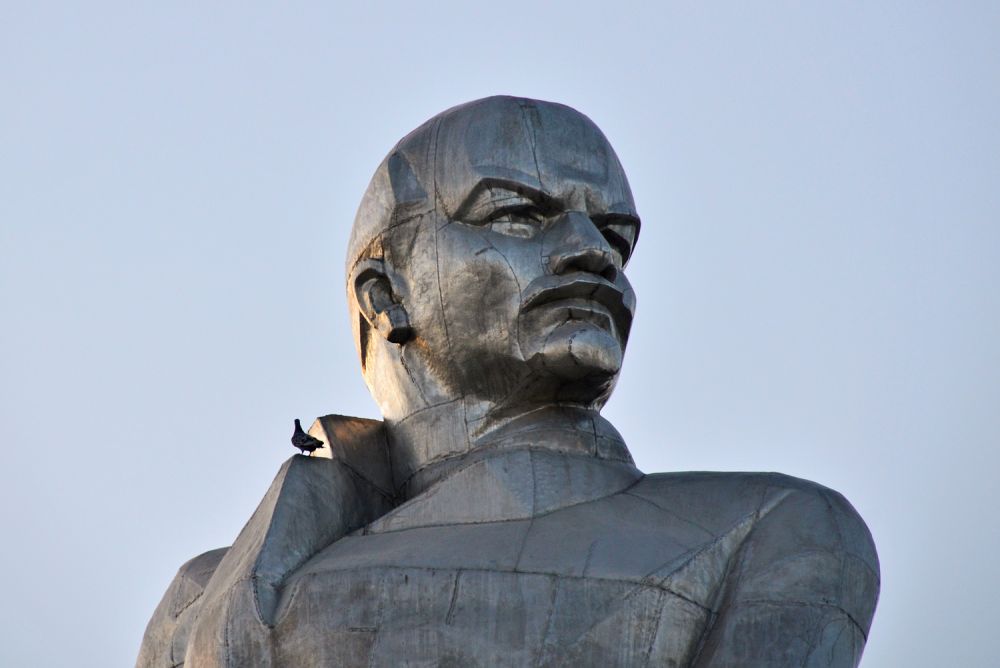

Khujand, one of the oldest cities in Central Asia and the second-largest city in Tajikistan, is home to an imposing statue of Vladimir Lenin, a remnant of the country's Soviet past. While the Soviet Union collapsed in 1991, many of its monuments and statues have been dismantled across the former territories, except for a few like the Lenin Statue in Khujand which remains a notable point of interest for tourists and locals alike.
Installed during the Soviet era to celebrate Vladimir Lenin, the founder of the Soviet Union, the Lenin Statue in Khujand represents a complex period in Tajikistan's history. Although much of the Soviet iconography has been removed in other cities, the Khujand statue stands tall, offering a glimpse into the past and serving as a focal point for those interested in the history of the region.
During the Soviet period, the statue would often be a site of parades and official ceremonies, particularly on key dates such as May Day or the anniversary of the October Revolution. The monument served not only as a political symbol but also as a communal space for the people of Khujand.
The history of tourism in Khujand, especially regarding the Lenin Statue, has seen its fair share of ebb and flow. Post-independence, Tajikistan experienced a significant decline in tourism due to civil unrest and economic instability. However, as the country began to stabilize in the early 2000s, tourists started to rediscover the rich cultural heritage and historical sites, including the Lenin Statue.
Tourism initiatives subsequently began to promote the city's Silk Road legacy, ancient architecture, and the statue itself as part of the Soviet heritage trail. While the Lenin Statue does not singularly drive tourism to the city, it remains a provocative historical artifact that many visitors are keen to observe and photograph, contributing to the local tourism tapestry.
The latest trends in tourism in Khujand embrace a blend of cultural, historical, and eco-tourism. There is a growing interest in experiential travel where visitors are eager to engage with local communities, enjoy homestays, and participate in cultural exchanges.
Moreover, sustainable tourism is becoming increasingly significant as there is heightened awareness about preserving the natural landscapes, historical sites, and cultural values. The government, along with various NGOs, is undertaking initiatives to enhance infrastructure and promote responsible tourism practices to ensure that sites like the Lenin Statue are preserved for future generations while benefiting the local economy.
The Lenin Statue, while a monument of another era, plays an integral part in the diverse tourism experience offered by Khujand. It continues to attract those who are interested in Soviet history, cultural heritage, and the complex narrative of Central Asia's evolution in the post-Soviet space.
Today, visitors to the Lenin Statue can expect to find a well-maintained monument surrounded by local life and activity. It is not uncommon to see locals enjoying the area as a park, and visitors are likely to come across vendors selling souvenirs and traditional Tajik snacks, further enriching their tourism experience.
Guided tours often include the Lenin Statue on their itineraries, offering in-depth historical context and anecdotes that bring the statue and the city's Soviet legacy to life. In embracing its past while looking towards the future, Khujand, with its Lenin Statue, remains a dynamic and captivating destination for the curious traveler.